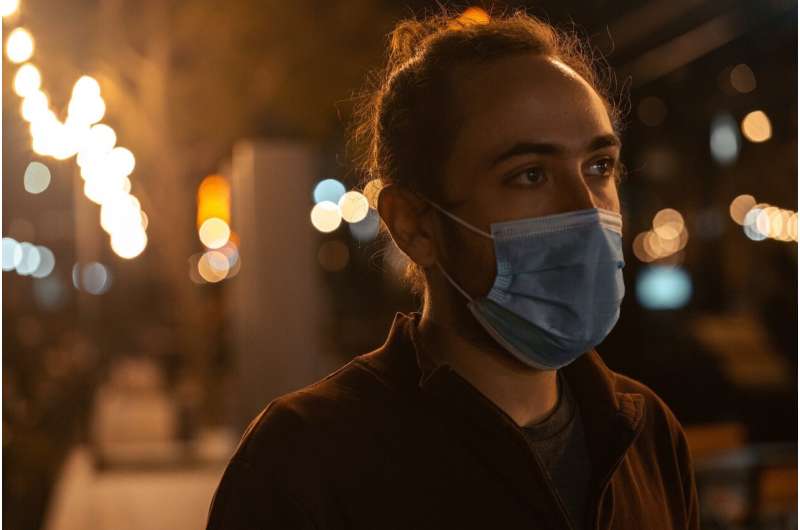
New modeling, developed by Burnet Institute, highlights the need to preserve public health measures as a key line of defense against COVID-19 even with high vaccination coverage. It estimates more than 4800 Victorians could die from the virus within 12 months if it were to spread or ‘left to run’ without a public health response.
The COVASIM mathematical modeling also suggests Australia is unlikely to achieve herd immunity with current levels of vaccine hesitancy and the higher infectiousness of new variants.
In summary, the modeling shows:
- Vaccine hesitancy and the emergence of new COVID-19 variants mean Australia is unlikely to achieve herd immunity
- Public health initiatives remain vital in controlling COVID-19, even in vaccinated populations. Without public health measures, thousands of Victorians would be hospitalized and die if an initially small outbreak was left to spread through the community unchecked
- Australia requires higher vaccine coverage to return to normal life.
Burnet Institute Head of Modeling, Dr. Nick Scott, said public health measures, such as lockdowns, social distancing, mask wearing and use of QR codes, would need to continue to prevent deaths.
“Without herd immunity, if we stopped taking a public health approach and allowed the virus to spread, it is likely to infect a large proportion of the community,” Dr. Scott said.
“Those who are vaccinated would be protected and may only experience mild or no symptoms. But among those not vaccinated—possibly up to 30 percent of the community—we could see a large number of hospitalisations and deaths, as well as many cases of ‘long COVID’.”
The modeling presents scenarios projecting COVID-19 infections, hospitalisations and deaths one year after new infections enter the community, even when people are vaccinated. Parameters around vaccine efficacy, viral infectiousness, vaccine coverage and the speed of the vaccine rollout can be modified.
One scenario created by Dr. Scott and his team assumed a 50 percent vaccine efficacy in preventing infections and a 93 percent efficacy at preventing deaths among people who did become infected; a virus which was 1.5 times as infectious as the one in Victoria in June-November 2020; and where 80 percent of people aged over 60 and 70 percent of people younger than 60 years of age were eventually vaccinated.
“We found that if the virus enters the community when 60 percent vaccine coverage has been reached and is left unchecked, we could see 4,885 deaths in Victoria within a year if no public health responses are introduced,” Dr. Scott said. “If we get peak vaccination coverage up to 95 percent, the number of deaths reduces to 1346.”
The modeling shows that if vaccine efficacy against infection was 75 percent, with the same parameters in the scenario described, the number of deaths after one year could be less than 1000. Conversely, if the virus was more infectious, deaths would remain at very high levels, even if the vaccine was highly efficacious.
Burnet Institute Deputy Director and leading infectious diseases and public health specialist, Professor Margaret Hellard AM said that the modeling was a ‘worst-case’ scenario, showing what could happen if governments decided not to intervene and ‘let the virus run’ even with moderate-to-high vaccine coverage.
“Current COVID-19 strains are far more infectious than the original one. Research is ongoing to determine vaccine efficacy against these variants, but it appears to be lower in a number of variants,” Professor Hellard said. “This means we need much higher vaccine coverage to reduce infections and severe infections. Also there may be occasions when we need to reintroduce public health measures and restrictions to control outbreaks.”
Professor Hellard said with 30 percent of Australians indicating they do not want to be vaccinated, public health measures must remain if governments want to prevent thousands of COVID-19 deaths.
Source: Read Full Article
